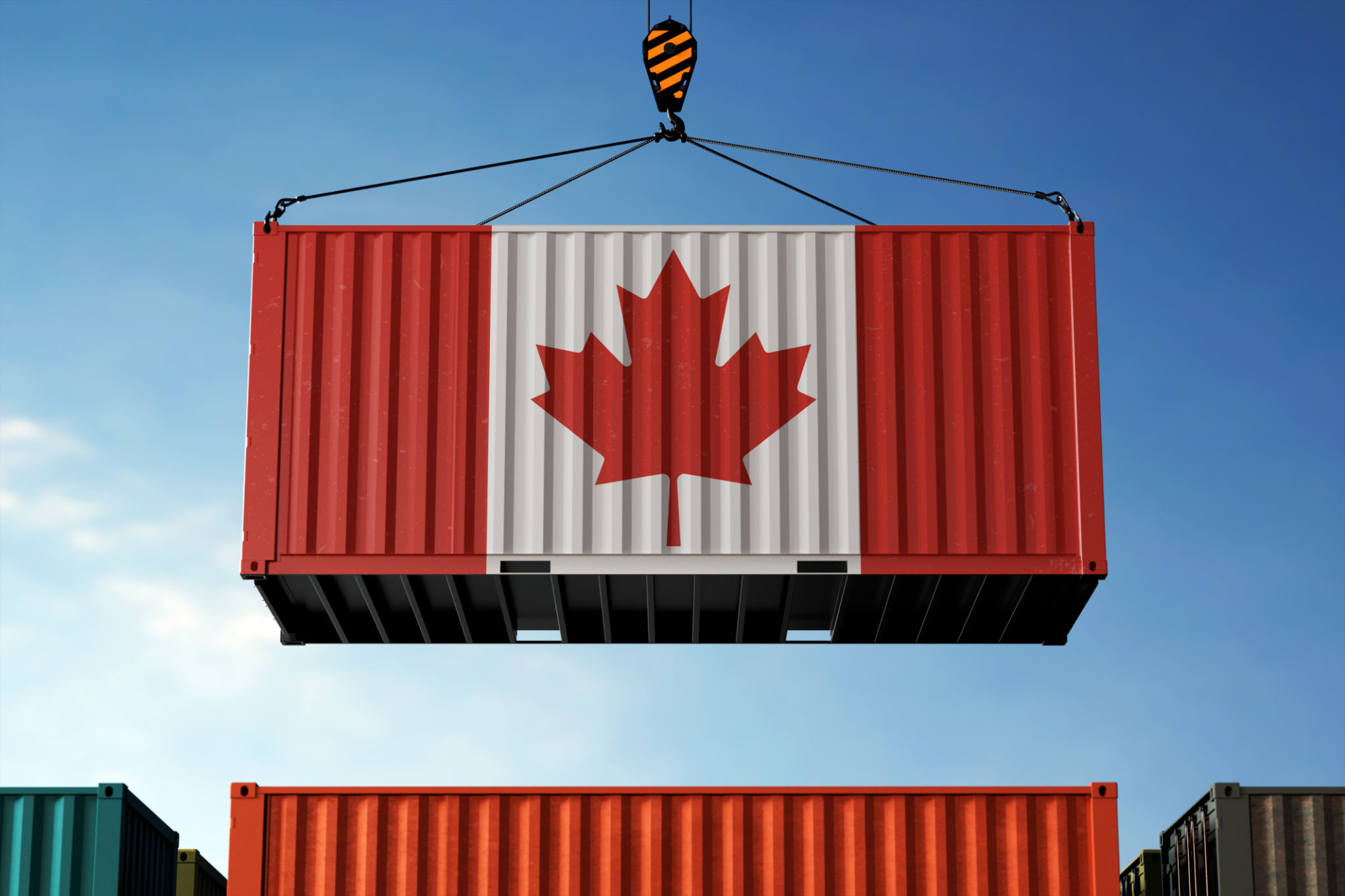Case Study: Successful Freight Delivery in Challenging Conditions
EC
Introduction to the Challenge
Freight delivery, while a crucial part of global commerce, often encounters various obstacles that test the resilience and innovation of logistics companies. This case study highlights a remarkable instance where a freight company successfully navigated and delivered goods under challenging conditions.
The delivery route spanned across diverse terrains, including mountainous regions and unpredictable weather zones. The task was daunting, but the company managed to overcome these hurdles through strategic planning and advanced technology.

Understanding the Logistics Plan
The logistics team began by meticulously mapping out the route. They considered potential risks such as road closures, severe weather patterns, and other natural barriers. By using real-time data and predictive analytics, they were able to anticipate and mitigate these challenges effectively.
Key elements of their logistics plan included:
- Utilizing GPS technology for real-time tracking.
- Implementing a flexible schedule to accommodate unforeseen delays.
- Coordinating with local authorities for updates on road conditions.
Adapting to Unforeseen Challenges
Despite thorough planning, unexpected challenges arose, including a sudden snowstorm that blocked a crucial mountain pass. The team quickly adapted by rerouting through an alternative path that was longer but safer. This decision was crucial in maintaining the integrity and timely delivery of the goods.

The team also faced mechanical issues with one of their transport vehicles. Thanks to their contingency plan, they deployed a backup vehicle without significant delay, ensuring that operations continued smoothly.
Leveraging Technology for Efficiency
Technology played a pivotal role in the success of this operation. The freight company employed advanced telematics systems to monitor vehicle performance and driver behavior, which helped in optimizing fuel efficiency and enhancing safety measures.
The use of cloud-based platforms enabled seamless communication between the drivers and the operations center, ensuring quick decision-making processes. This integration of technology not only improved operational efficiency but also reduced the overall cost of the delivery.

Outcome and Key Takeaways
The freight delivery was completed successfully, with all goods arriving at their destination intact and on schedule. This achievement underscores the importance of thorough planning, adaptability, and the strategic use of technology in overcoming logistical challenges.
Key takeaways from this case study include:
- The necessity of real-time data for informed decision-making.
- The value of having a robust contingency plan.
- The benefits of leveraging technology for operational efficiency.
Conclusion
This case study serves as an inspiring example for logistics companies facing similar challenges. It highlights how innovation, flexibility, and technology can transform potential setbacks into successful outcomes. As freight delivery continues to evolve, these lessons remain critical for navigating the complexities of global logistics.
